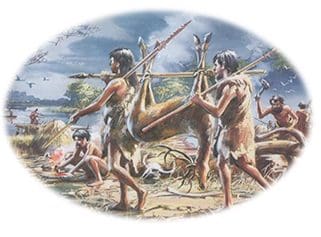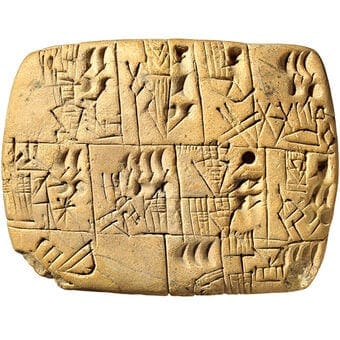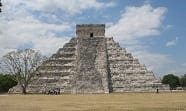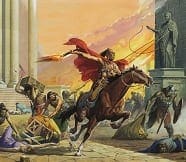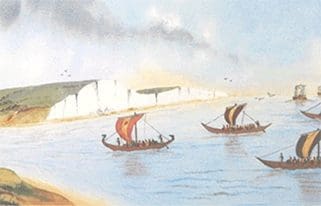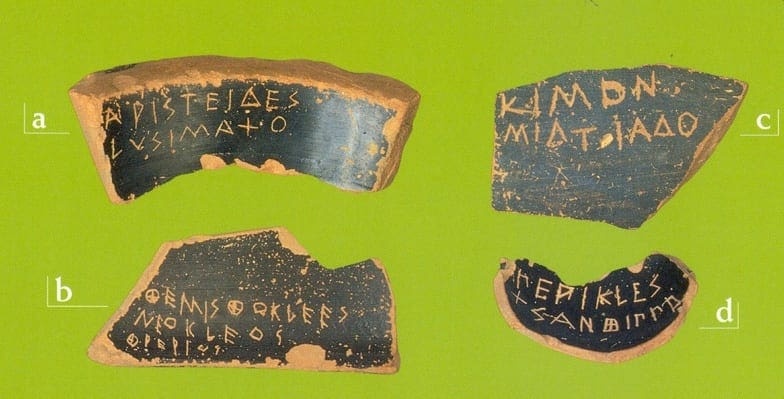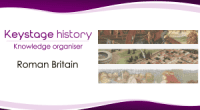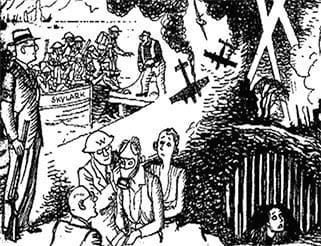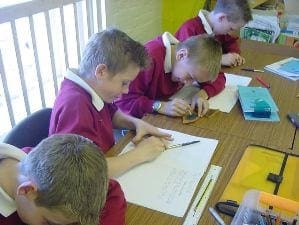
This best place to start with developing your thinking on creativity in history is to think in terms of:
– Teaching approaches
– Learning activities
– Learning outcomes
– Learning environment
Just a few tweaks to your existing plans in each of these areas can collectively make a considerable difference to encouraging pupils’ own creativity.
How to develop more creative behaviour in history lessons
Children will often:
1. Respond flexibly, intuitively and imaginatively when challenged by historical problems
2. Challenge conventional responses and assumptions,
e.g. were the reasons for X as simple as that?
3. Ask open-ended questions about the past
e.g. to the hot-seated teacher
4. Be prepared to use their knowledge to hypothesise about the past
for example by asking ,What if you knew about the plot to kill the king what could you do? What would you do today if? Supposing that

